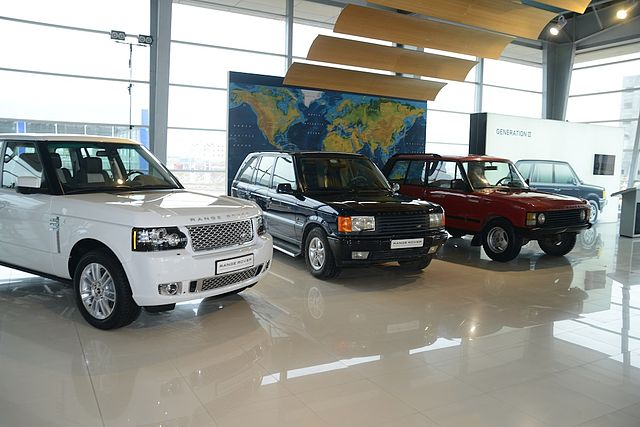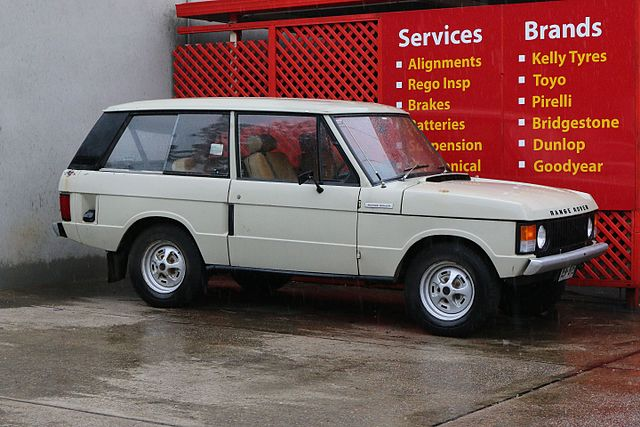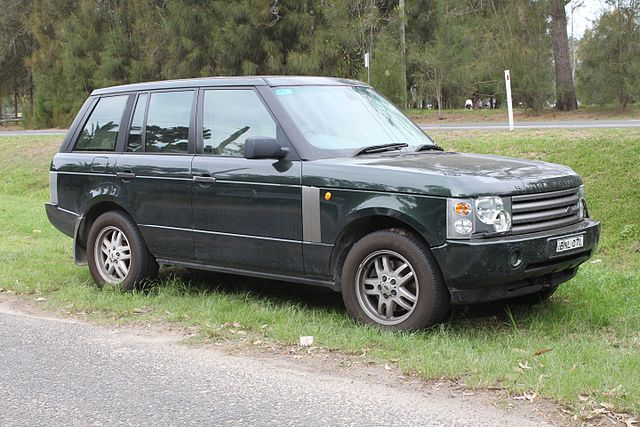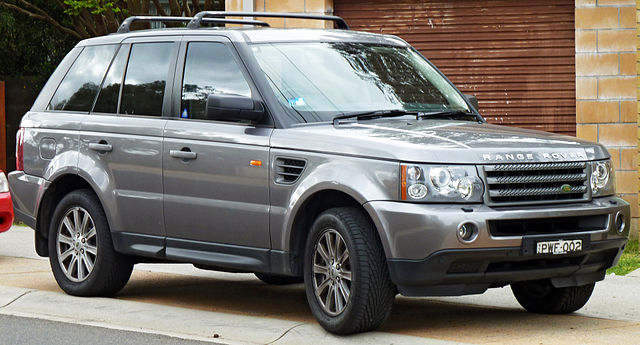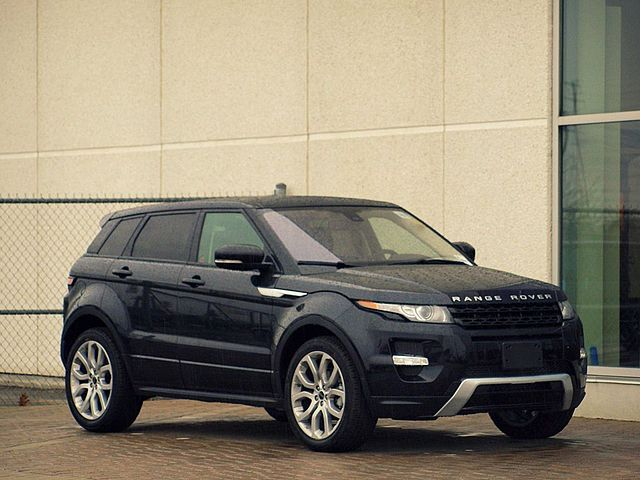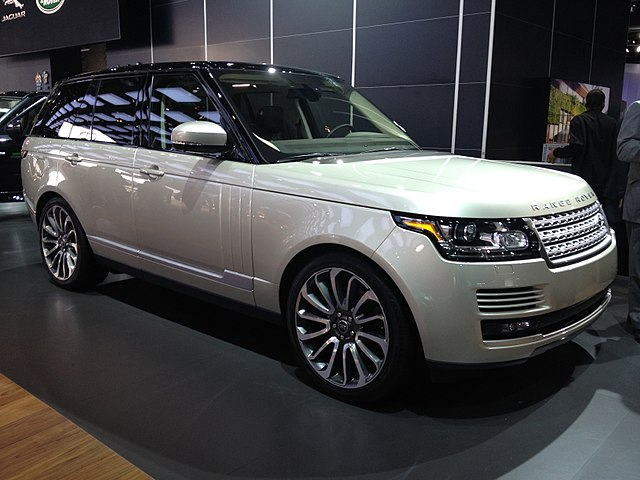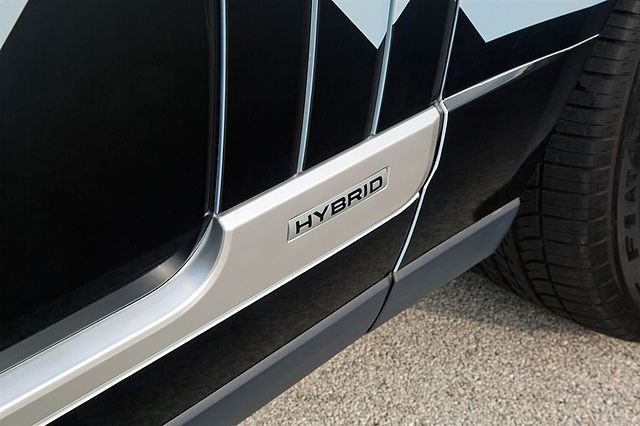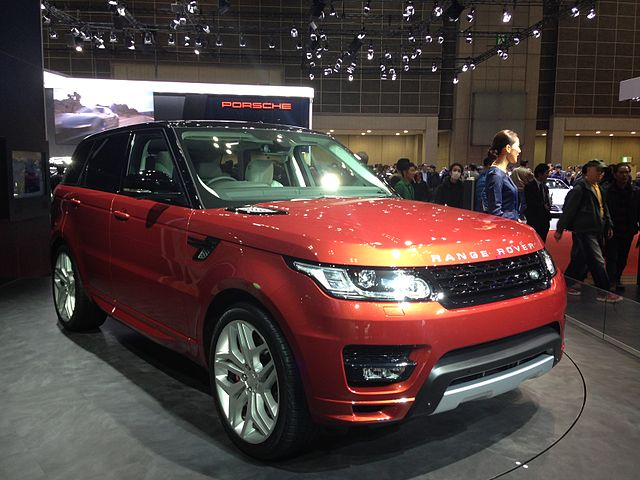Ever since the first Range Rover was unveiled in 1970, the vehicle has continued to evolve. It is without a doubt the most luxurious SUV, combining superior comfort, style, and inspirational design with off-road capability. With advanced engineering, this puts it in a class of its own. Here, we look back at the history of the line of luxury SUVs that came to be known as the Range Rover.
1969: Range Rover Prototype - Velar
In order to keep the prototype of the world's first Range Rover a secret, the designers and engineers in charge gave the prototype of this revolutionary vehicle the code name "Velar", derived from the Italian "velare" (for "to conceal"). The first 26 prototypes were even fitted with emblems bearing the name Velar to disguise their true identity.
1970: First Generation - Three-Door Range Rover
After the successful test of the Velar prototype, the world's first Range Rover was presented. Thanks to the rare combination of off-road mobility and elegant design, it was very well received by experts. It was the first vehicle to offer permanent four-wheel drive, a two-piece tailgate, an overlapping hood, and a continuous centerline
1981: Four-Door Range Rover
After 11 years in the making, the Range Rover Classic was joined by a four-door model, offering more choice to a growing number of enthusiastic customers. The Range Rover was designed from the start as a luxury vehicle. The characteristic design ensured the high recognition value of the Range Rover.
1994: The Range Rover Second Generation
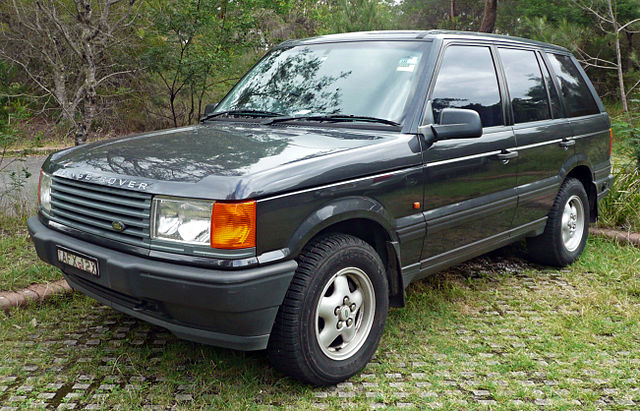
This vehicle was more luxurious than its predecessor and set new design accents with its distinctive silhouette and square headlights replacing the round ones. It became a classic that remains unmistakable to this day.
2001: The Range Rover Third Generation
Development did not stop here either – this Range Rover was the first to have a monocoque body made from one piece. The inspiration for this came from the pointed bow of the Italian speedboat Riva, just as the metallic accents in the interior were also influenced by the luxury yacht. With the introduction of the second generation, the Range Rover became even more luxurious.
2004: Range Stormer Concept
The Stormer concept car became known for embodying the upcoming Range Rover design and was also impressive with a bold approach to integrating new technologies into the vehicles.
2005: Range Rover Sport
With the introduction of the first sports SUV in the Range Rover family, Land Rover turned its attention to increasing performance. Among other things, it was available with a 4.2-liter supercharged engine that delivered outstanding performance values.
The Range Rover Sport also featured air suspension with linked air springs, which provided the driver with an optimal ride height and optimized comfort when driving in all-wheel drive, both on and off-road. Height adjustment was one of the many outstanding new performance features that also visually emphasized the dynamic driving performance.
2008: LRX Concept
The crossover coupe concept vehicle was an ambitious and progressive step for the Land Rover design team. While this vehicle was intended for drivers who would rarely drive off-road, it retained Land Rover's legendary off-road capability. The interior was described by the trade press as "futuristic". The LRX design study had a significant impact on the design of the Range Rover Evoque.
2011: Range Rover Evoque
The Range Rover Evoque, voted "Car of the Year" by numerous media representatives, caused a sensation when it was presented at the 2010 Mondial de l'Automobile in Paris. Many features of the LRX design study have been adopted for the luxury cross coupe, which featured a new interpretation of the classic Range Rover line. The launch of the Range Rover Evoque brought with it a daring new design concept.
2012: The Range Rover Fourth Generation
The fourth generation Range Rover was the first to have a body made entirely of aluminum. It was instantly recognizable due to its long wheelbase and floating roof shape. This vehicle also featured the latest generation of Land Rover's Terrain Response system. This integrated driving technology automatically selects the best vehicle settings for the given terrain.
2013: Range Rover Hybrid
The first hybrid vehicle in the Range Rover family not only brought improvements in fuel economy and emission levels but also continued to offer the uncompromising off-road capability. To prove this, a 10,000 mile long test drive was undertaken from Solihull to Mumbai, which also led through the Himalayan mountains, where the toughest off-road conditions prevail.
2013: Range Rover Sport Second Generation
This was unveiled by James Bond actor Daniel Craig and certain streets in New York were temporarily closed for a worthy launch of the improved Range Rover Sport. This new model benefited from the lower consumption of the 3.0-liter V6 engine. Therefore the second generation of the Range Rover Sport focused on higher engine performance.
2015: Range Rover Sport SVR
The Range Rover Sport SVR marked the debut of the Special Vehicle Operations team and was designed as a high-performance SUV with optimal power delivery. The fastest Land Rover ever offers an unforgettable driving experience. The power of this vehicle is reflected in design touches such as the four exhaust pipes and the unique rear spoiler.
2015: Range Rover SV Autobiography
Range Rover SVAutobiography redefined the Range Rover experience as the ultimate in luxury and refinement. Brushed aluminum surfaces and the "Business Class" interior testify to perfection down to the smallest detail.
A unique color palette for the paintwork ensures that drivers also enjoy the unique luxury that Range Rover represents on the outside. The SVAutobiography Dynamic was presented a short time later. The unique design and the powerful V8 engine made the vehicle a statement in terms of power and acceleration.
2015: Range Rover Evoque Convertible
The Evoque Cabriolet is the first convertible in the Range Rover family and combines eye-catching features such as the soft top with the famous off-road mobility of a Range Rover. The designers at Land Rover also paid attention to the distinctive look. The result is the first all-terrain, open-top premium compact SUV with four-wheel drive.
From the top-secret Velar concept vehicle to the first Range Rover Evoque Cabriolet, a clear line has been drawn in the development of the Range Rover. Without compromising on off-road capability, the luxury SUV continues to be the measure of all things in terms of design, off-road capability, and driving performance.
2017: Range Rover Velar
The new addition to the Range Rover family was presented in 2017. The Range Rover Velar impressed with clean lines, visionary design elements and combines performance, luxury with elegance in an SUV.
2017: Range Rover PHEV & Range Rover Sport PHEV
For the first time, plug-in hybrid electric vehicles (PHEVs) carried the Range Rover badge. Both models combine the usual luxury and off-road capability with the advantage of a silent electric drive with no exhaust emissions. The Range Rover Sport Plug-in Hybrid was the first vehicle to scale the 999 stairs of Tianmenshan in China at a 45-degree incline.
2019: Introduction of Mild Hybrid Technology
Range Rover back on electric course - this time the Range Rover Sport HST is equipped with a mild hybrid technology. The new Ingenium gasoline engine with 400 hp offers an inline six-cylinder and an even better driving experience. The power of Mild Hybrid technology ensures greater efficiency and performance. The HST model features a number of unique interior and exterior improvements.
Resources
- https://www.landrover.ca/en/experiences/news/range-rover-history.html
- https://www.osv.ltd.uk/brief-history-of-range-rover/
- https://www.gearpatrol.com/cars/g37375208/range-rover-history/
- https://www.goodwood.com/grr/road/news/2020/6/the-history-of-range-rover/
- https://www.motortrend.com/features/range-rover-luxury-suv-history/
- https://www.landrover.com/vehicles/new-range-rover/index.html
- https://www.autoexpress.co.uk/land-rover/range-rover/357723/new-range-rover-2022-review
- https://www.caranddriver.com/land-rover/range-rover
- https://www.landroverusa.com/our-story/index.html
- https://en.wikipedia.org/wiki/Range_Rover
- https://www.carwale.com/land-rover-cars/range-rover/
Tankut Basar
Tankut Basar is an ARA (American Rally Assoc.) Racing Driver and an FIA Bronze Category License Holder. His passion for driving began with karting like most racers. He started racing internationally at the age of 22. Tankut loves everything car-related and will keep enjoying the drive until the end.

